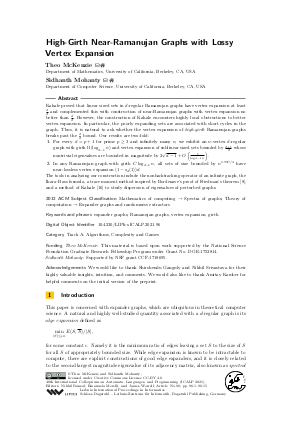LIPIcs.ICALP.2021.96.pdf
- Filesize: 0.74 MB
- 15 pages

 Creative Commons Attribution 4.0 International license
Creative Commons Attribution 4.0 International license



























Feedback for Dagstuhl Publishing